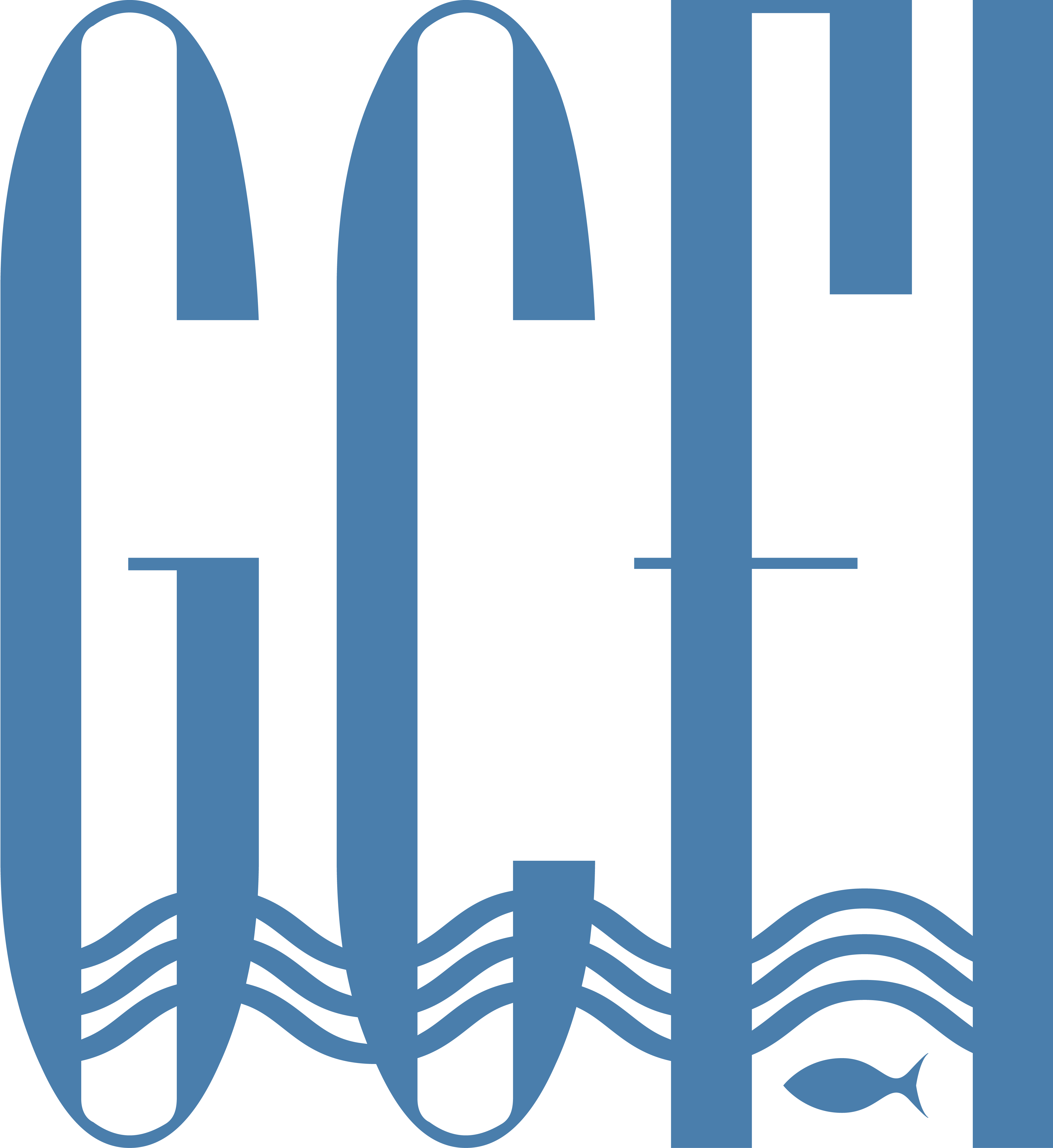Home > GCR > Vol. 29 > Iss. 1 (2018)
Alternate Title
The evolution of the Caribbean Marine Protected Area Management Network and Forum (CaMPAM): 20 years of the Regional Multidimensional Program for Strengthening MPA Practitioners
Document Type
Gulf and Caribbean Fisheries Institute Partnership
Abstract
In 1997, the United Nations Environment’s Caribbean Environment Program (UNEP-CEP) convened a meeting of 50 MPA managers from which CaMPAM was born. Since then, CaMPAM has adaptively evolved into a comprehensive regional program that aims at strengthening Caribbean marine protected areas at the site and national level through a variety of mechanisms. CaMPAM’s original focus was to provide training, information sharing, and communications. Shortly after, grants awarding for learning exchanges and for implementing small projects started. Partnerships were established with interested organizations. Some collaborators became mentors and served as instructors and activities' coordinators.These tools allowed the capacity building program to address the MPA changing needs. These needs have been captured through site visits, consultations with scientists and managers, surveys, evaluations of courses and the entre program, CaMPAM project reports, specific requests of donors, the intergovernmental meetings of UNEP-CEP’s Cartagena Convention’s Specially Protected Areas and Wildlife (SPAW) Protocol, etc. and have shaped the program. In the spirit of having a balance between the region’s needs and the role of CaMPAM as the SPAW MPA capacity building tool, in 2016 the UNEP-CEP commissioned the review of CaMPAM program in order to make it more relevant and useful. This paper co-autored by the CaMPAM founder, its coordinator, the main collaborator, and the expert commissioned to assess CaMPAM performance describes the activities implemented in 1997-2017 and the latest assessment of the program.
Author Biography
N/A
First Page
GCFI1
Last Page
GCF9
DOI Link
Table S1
Recommended Citation
Bustamante, G., A. Vanzella, R. Glazer and L. Collado-Vides. 2018. The evolution of the Caribbean Marine Protected Area Management Network and Forum (CaMPAM): 20 years of the regional, multidimensional program for strengthening MPA practitioners. Gulf and Caribbean Research 29:GCFI1-9





